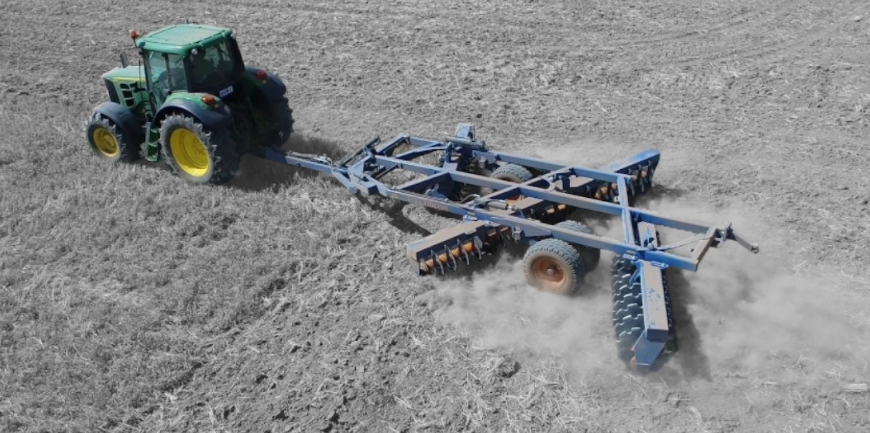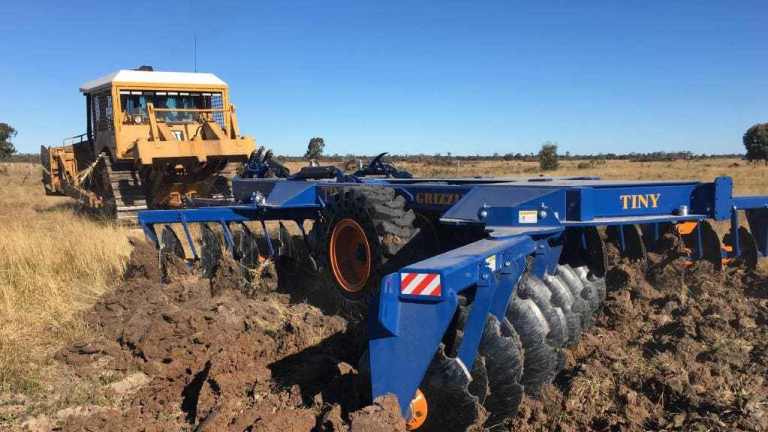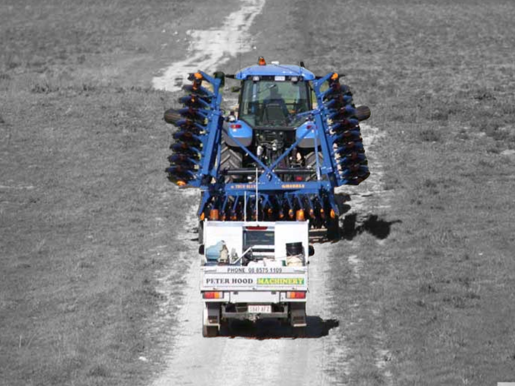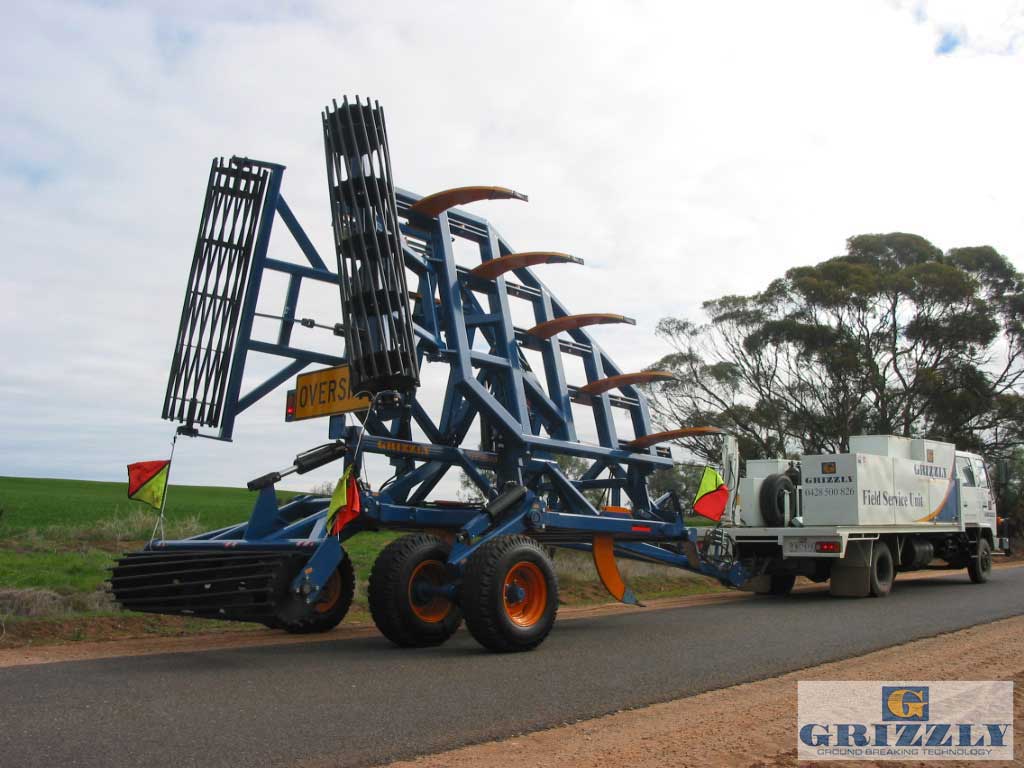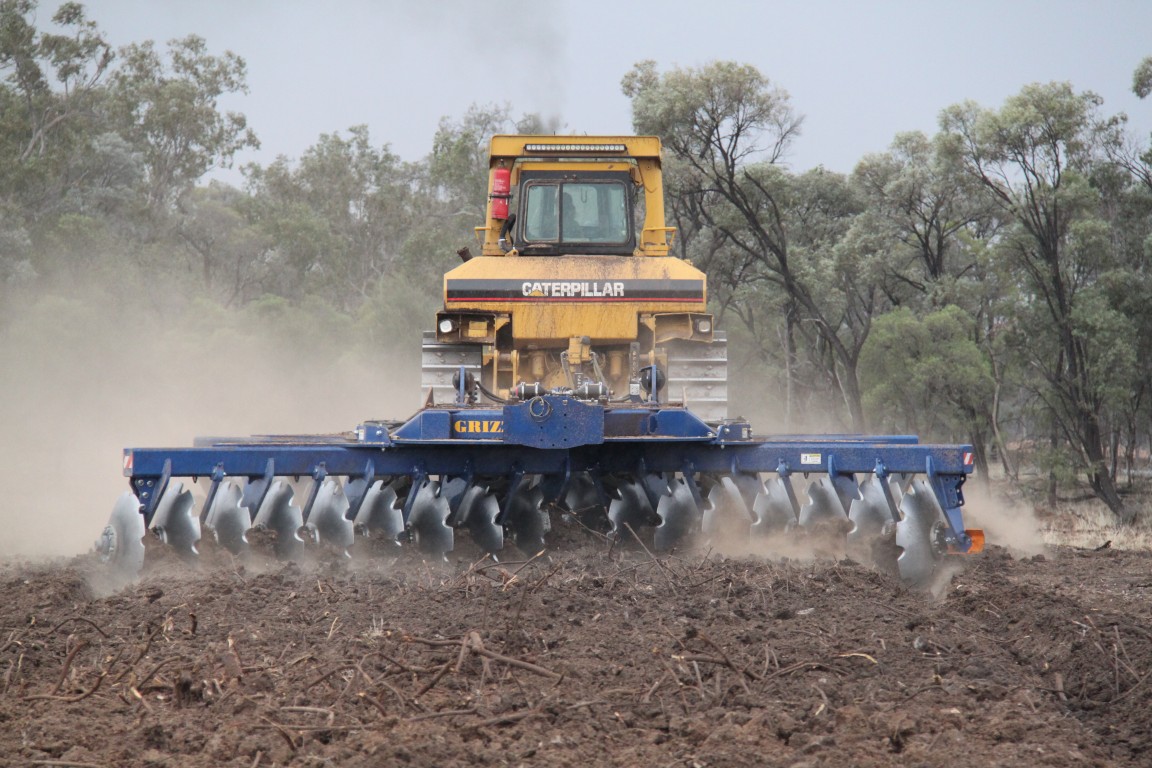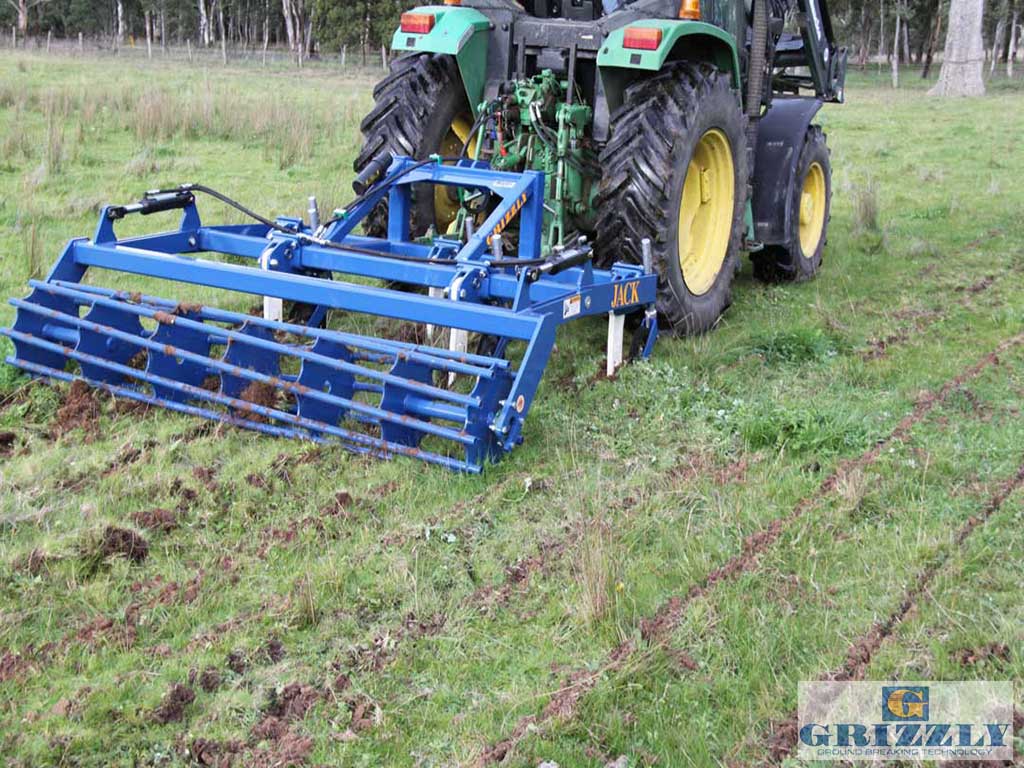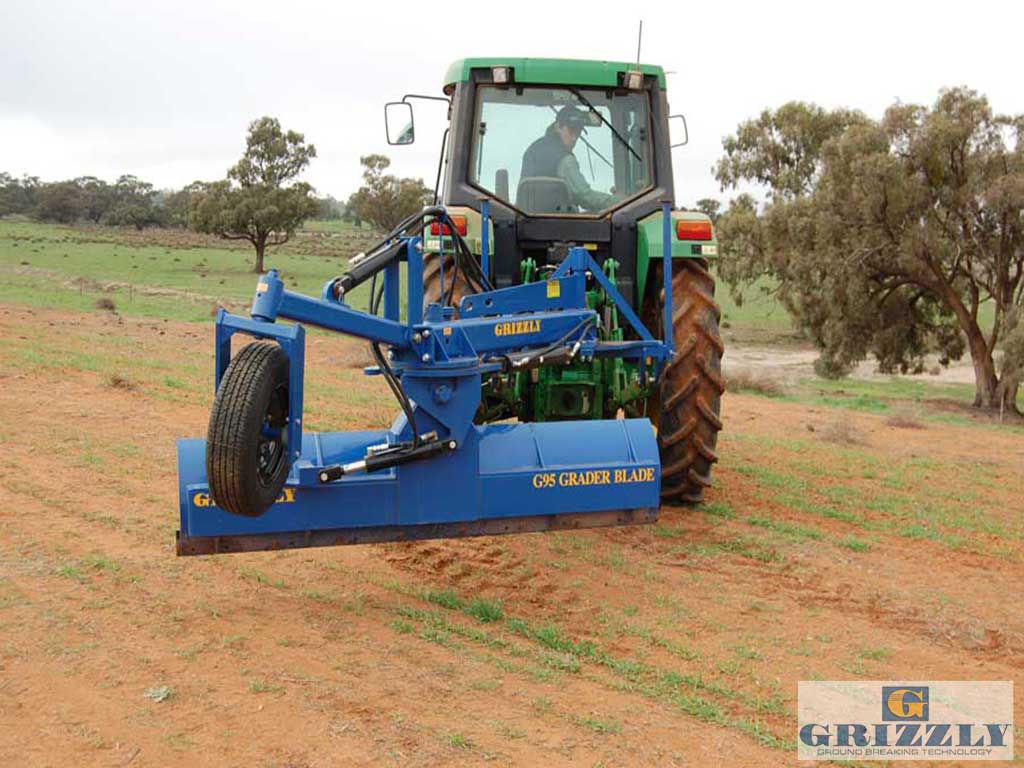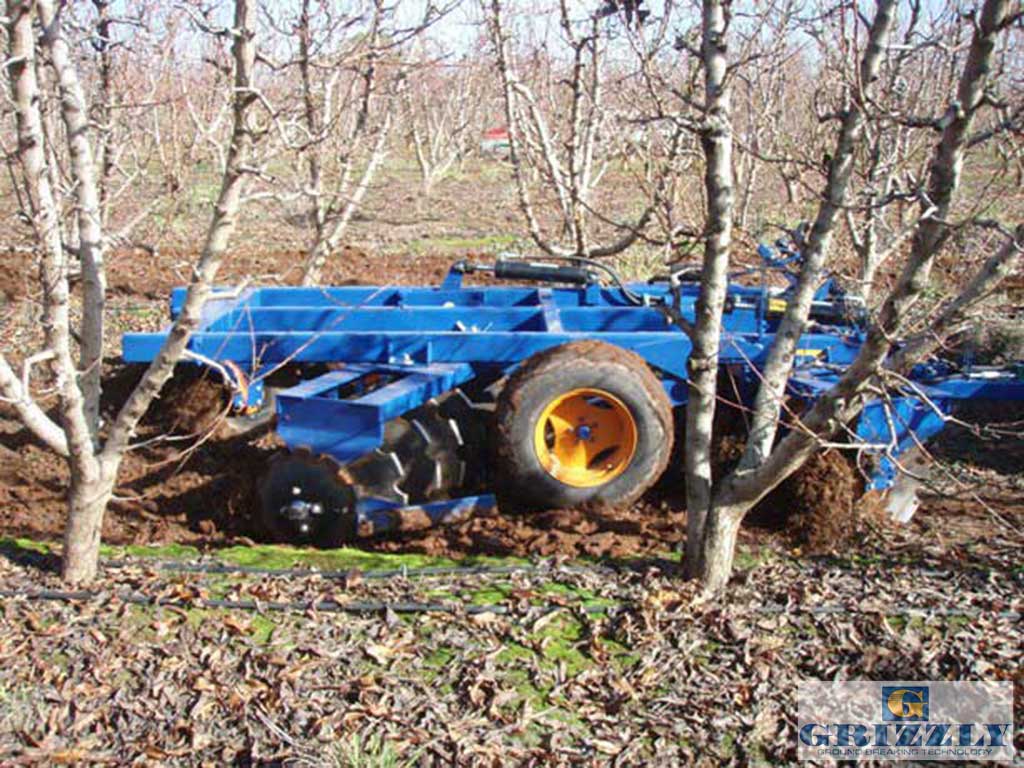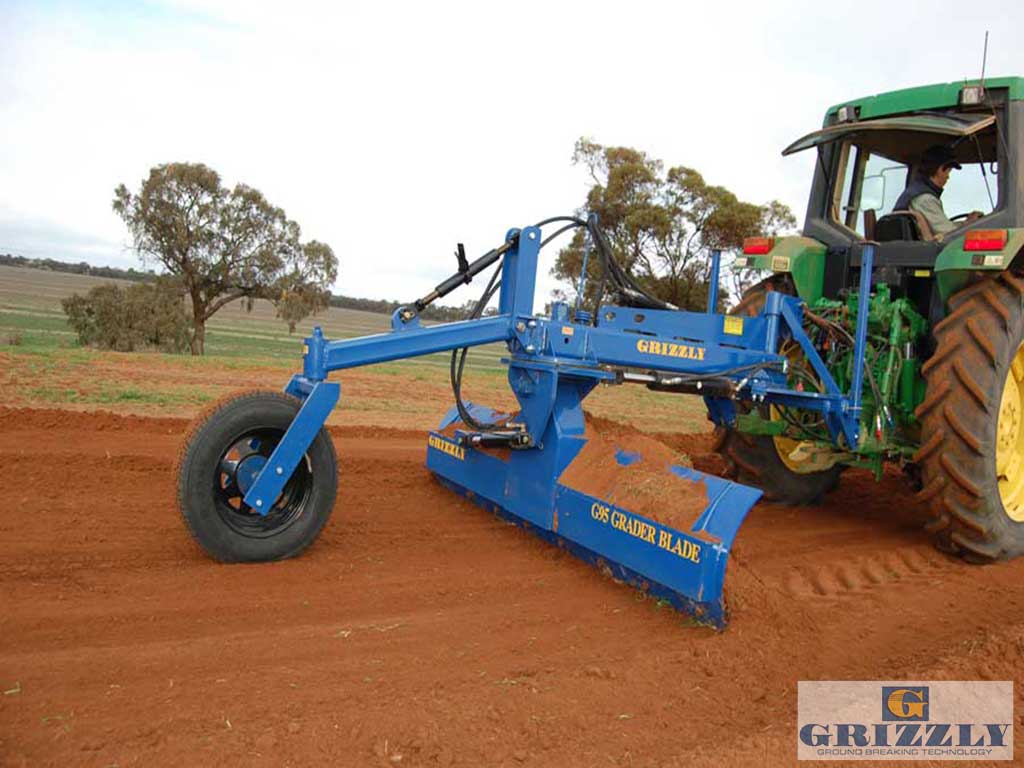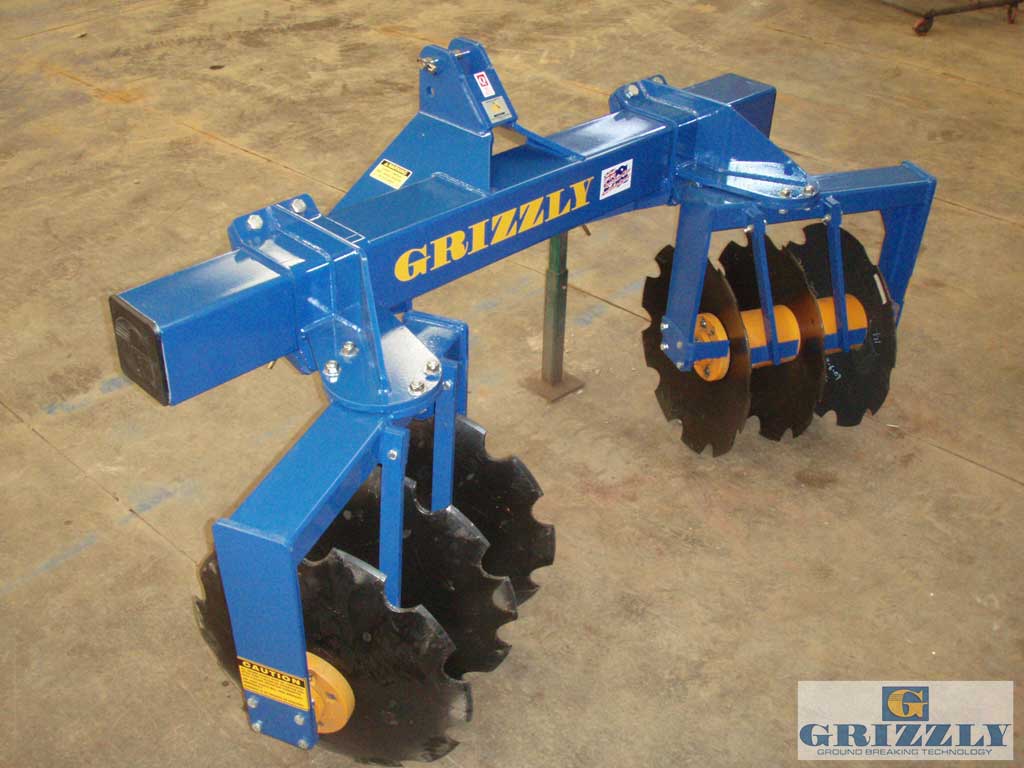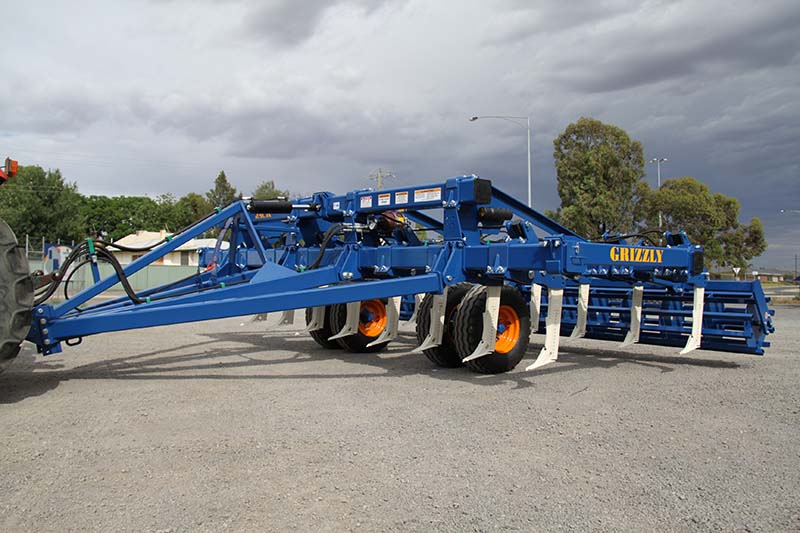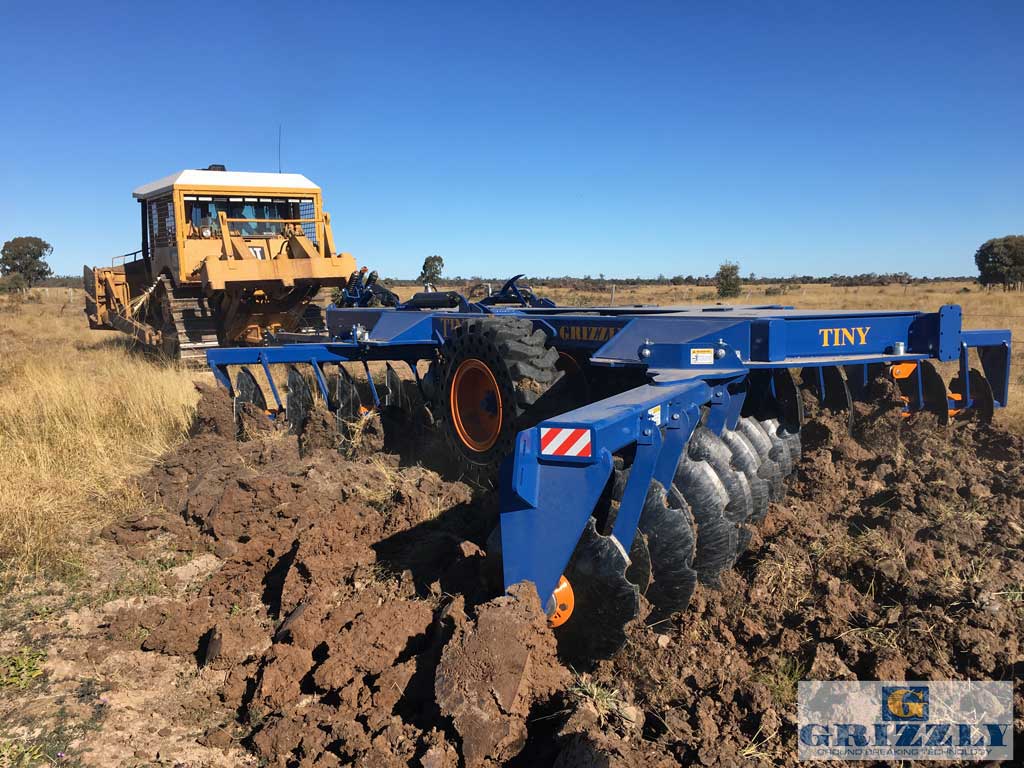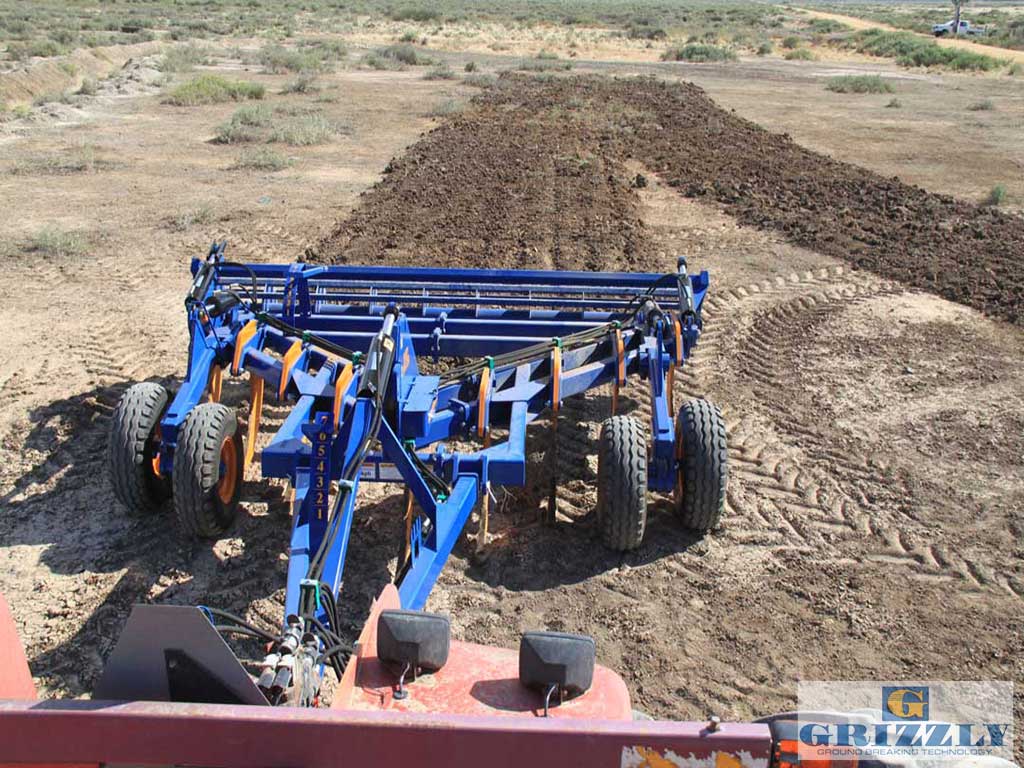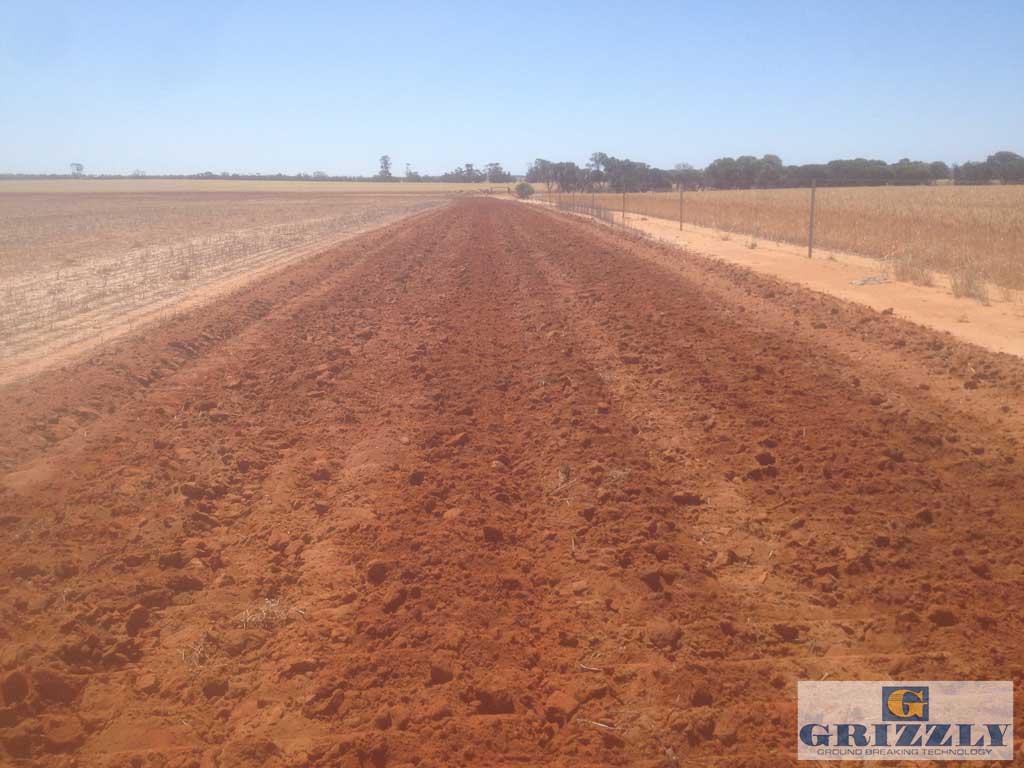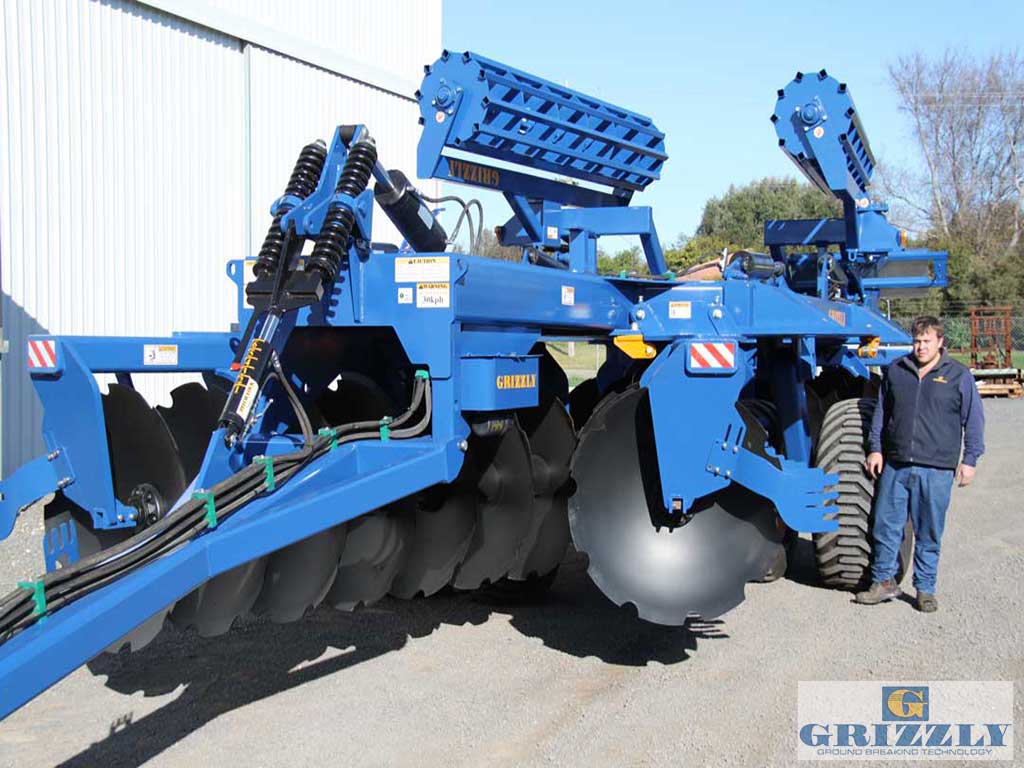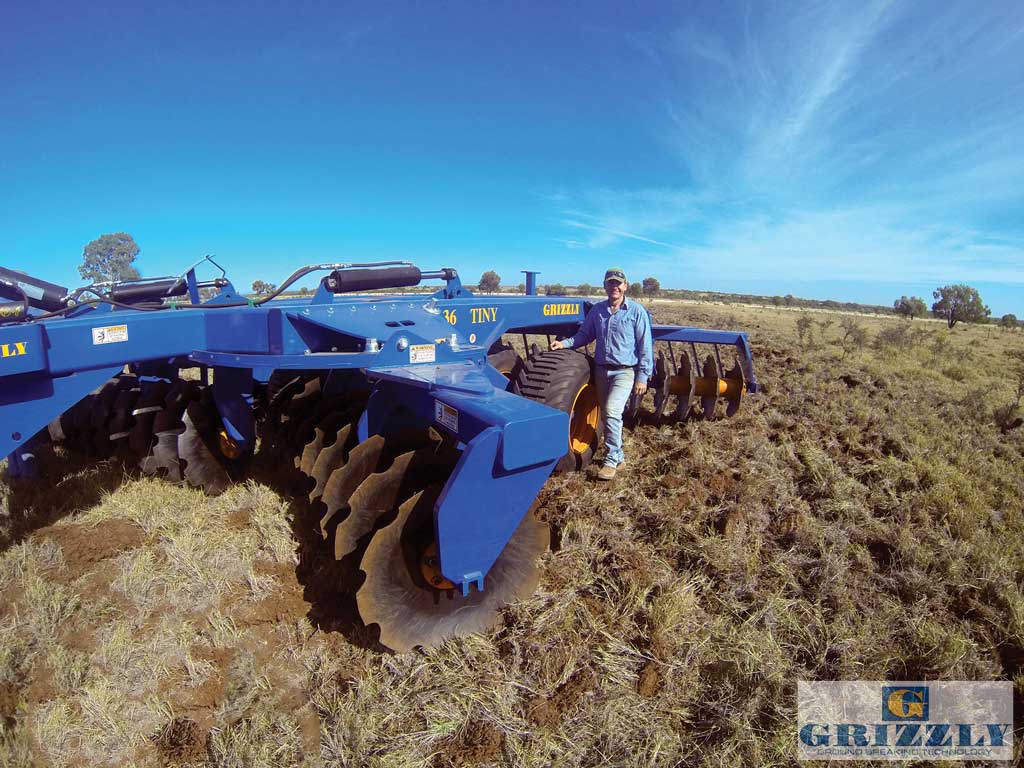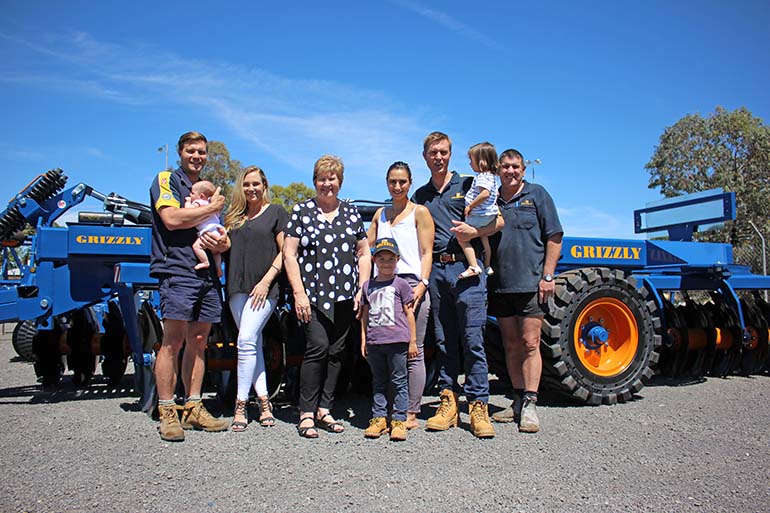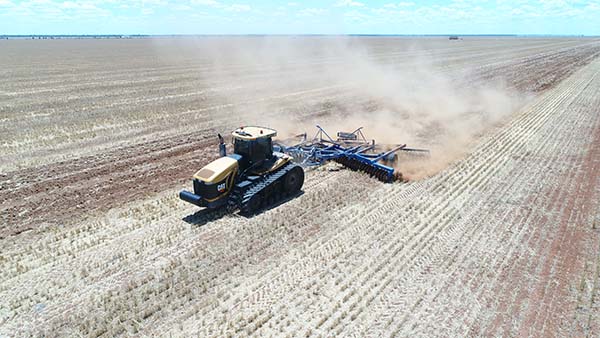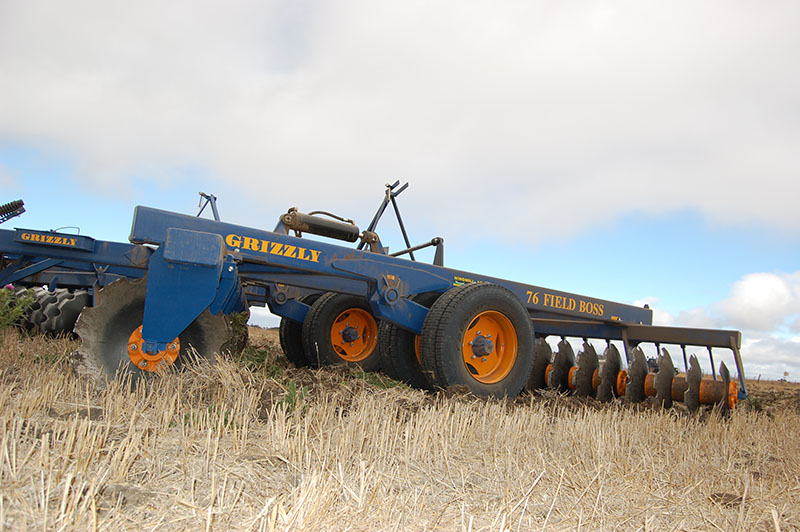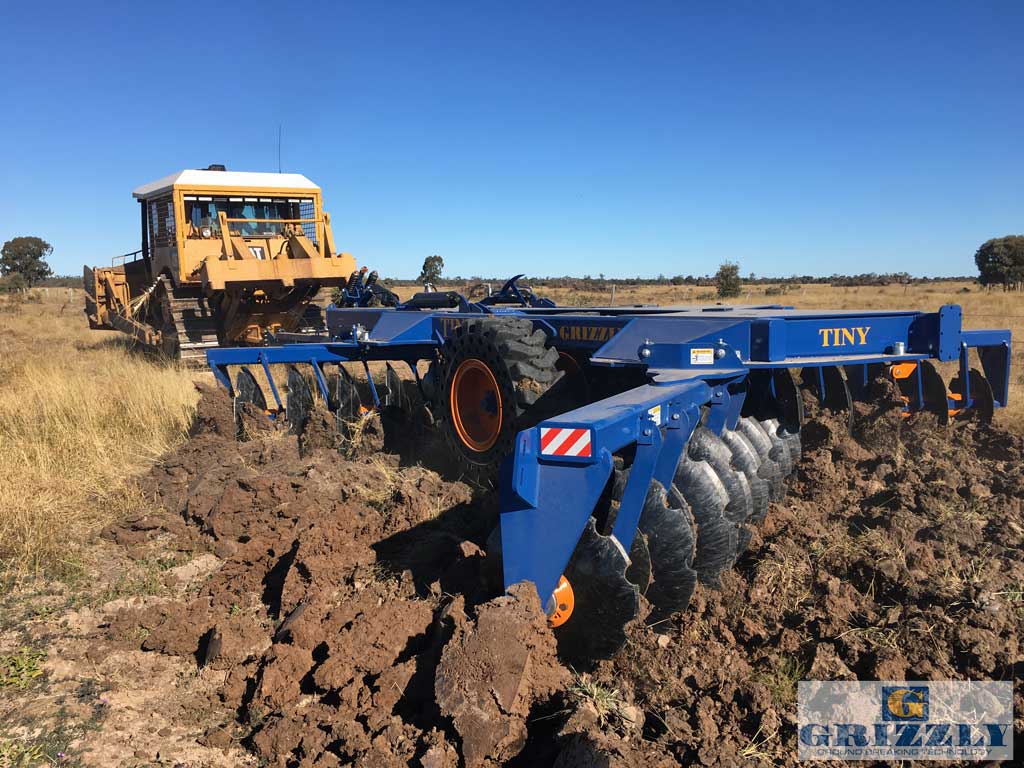How To Get The Best Results In Ploughing…
Call it offsetting, or disc ploughing, it’s something that must be done. But how do you make sure your ploughing is delivering optimal results and you are getting the best value for your time? Here are a few points.
Good Equipment
You need a very good plough. A big plough that has discs that are the same diameter from front to the rear. You need a disc plough that lifts level, lifts on the wheels or on the 3 point linkage and is level left to right. That’s a good start. A frame that levels front to back is an additional extra that also helps.
Set Up and Performance
There are differences in set up and performance for a tandem offset as opposed to a normal offset. A Grizzly tandem offset will have three or four gangs (depending on the model) with the front half of the machine, all throwing the soil in an outwards direction from the centre, and rear gangs bringing the soil back in. This means that forces on the machine are even, balancing each other out and the machinery will tow straight and be easier to pull. This also makes the machinery easier to set up and a better result is delivered in the finish.
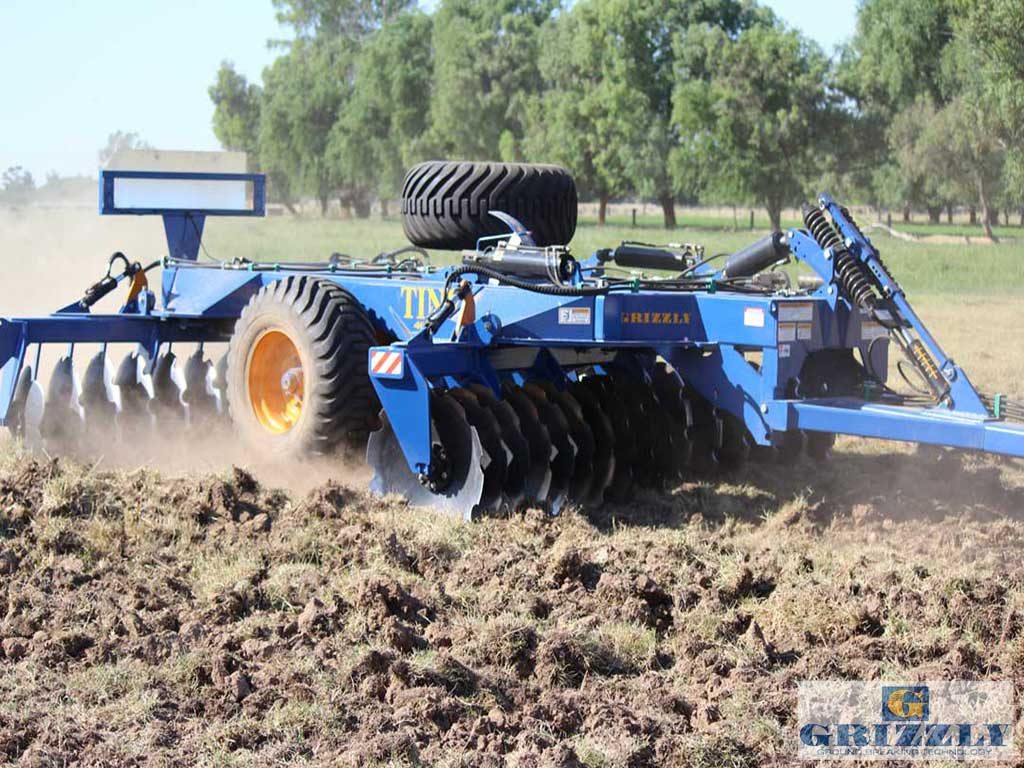
Depth
It sounds too logical, but the depth you should plough is as deep as required, depending on the result you need and the conditions you are subject to. Some conditions call for shallow working, such as simply breaking down stubble. Other times you need to work deeper to get a better weed kill or turn stubble deep into the ground. Really deep tillage is for mixing lime or clay into the soil, or to cut out suckers. So, as you can see, how deep you need to go really does depend on the job at hand.
Limitations
There are, however, limitations on how deep you can go with your ploughing. Limitations are a result of the size, weight and how heavy duty the plough is. The horsepower of the tractor being used will also limit the depth of ploughing.
Primary Purpose
The primary purpose of ploughing changes for different seasons and different application. It can be prior to sowing crops in the planting season. In this season you would cultivate the soil to ensure weed kill and develop the seedbed for good seed to soil contact.
Other times the purpose of ploughing would be just to work in the stubble from a previous crop after harvest to help break down organic matter and allow moisture to infiltrate the soil. Ploughing is also needed to improve soil health and structure. Pupae bust in cotton is also a key activity from ploughing.
Other non-seasonal purposes for ploughing are in moving earth for irrigation, or road laying projects.

Australian Made
Family owned and operated as well as Australian Designed and built for Aussie farmers and Aussie conditions.
Aussie
Made

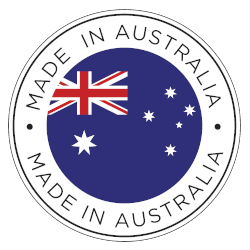
The conclusion?
Disc ploughs or disc cultivation is the most efficient way of turning the soil due to the rolling action of the discs. While the tractor is pulling in a forward motion, discs are turning in, folding the soil over giving optimal results.
What Is Important To Look For When Either Purchasing Or Considering A Disc Plough?
Build quality is first and foremost. Particularly quality in the bearing system. Often the performance and reliability of the disc is in the bearings. The ‘bearing to disc’ ratio is one of the keys to longevity and reliability as the more bearings on a disc plough, the more reliable the plough will be. More bearings mean less load going through each of them and less wear on individual ones.
In many, non-Grizzly disc ploughs, you will encounter an arbour bolt bearing system. These systems are far less reliable than the system Grizzly uses. The Grizzly system uses a stationary axle and four or six bolts holding the assembly together (depending on the model). The benefits of this are that bearings are always aligned and there is very little bending load put on the axle. This keeps the Grizzly bearings and axles always running true, in turn giving a far greater operating life. Other systems can be hard to align and cut out bearings easily and are very hard to change bearings when they do fail.
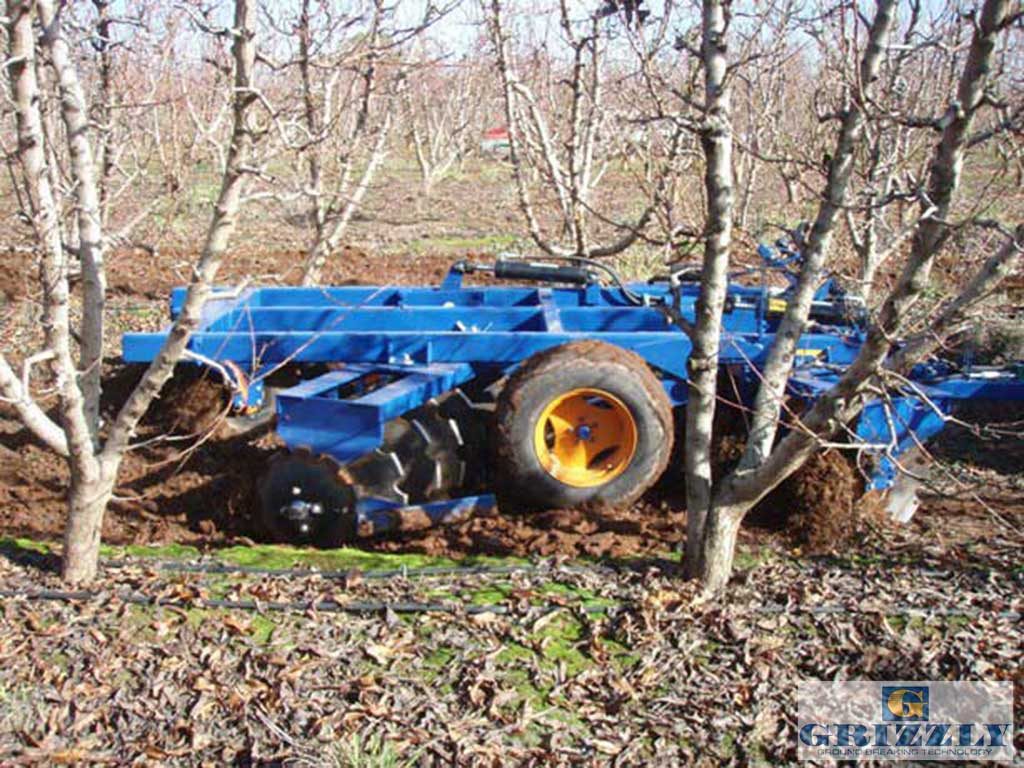
So to get the best results from your ploughing, speak to your local Grizzly dealer.

Download the Brochure
WHAT’S INSIDE:
- Product & Services Overview
- Company History



